
Whether it’s his captivating persona or his undeniable love for fine jewelry, Ron Arbusman has plenty to share in the world of fine gems. I sat down virtually with the founder and CEO of Ammrada to discuss the glimmering nuances of his chic Miami-based jewelry brand and capture the true essence of what makes his accouterments story-worthy.
Of course, all gems are mesmerizing, but jewelry experts like Ron Arbusman find pleasure in every design aspect, developing a rich quality around the details. Ron emphasized that these pieces aren’t about adding the final touch to your outfit, but rather, creating the foundation for the rest of your style. It’s an idea that most mainstream retailers either don’t recognize or don’t find necessary to highlight if sales are high.
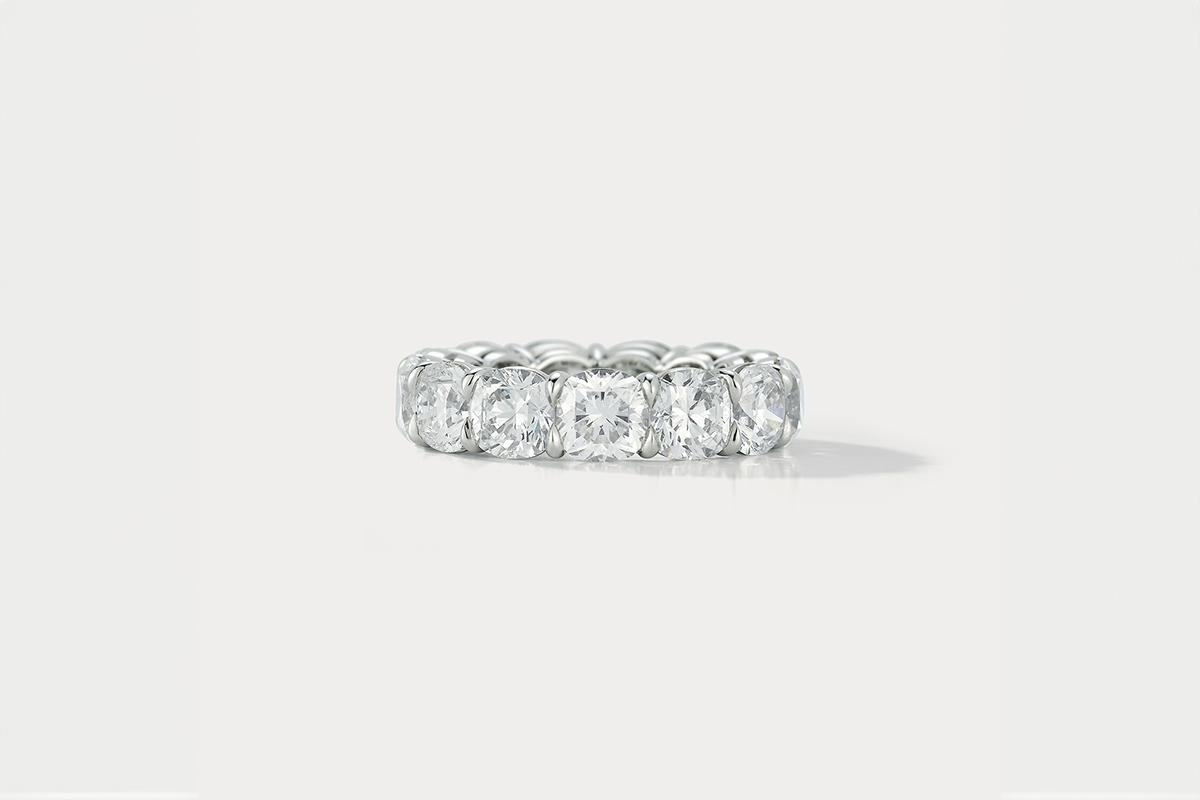
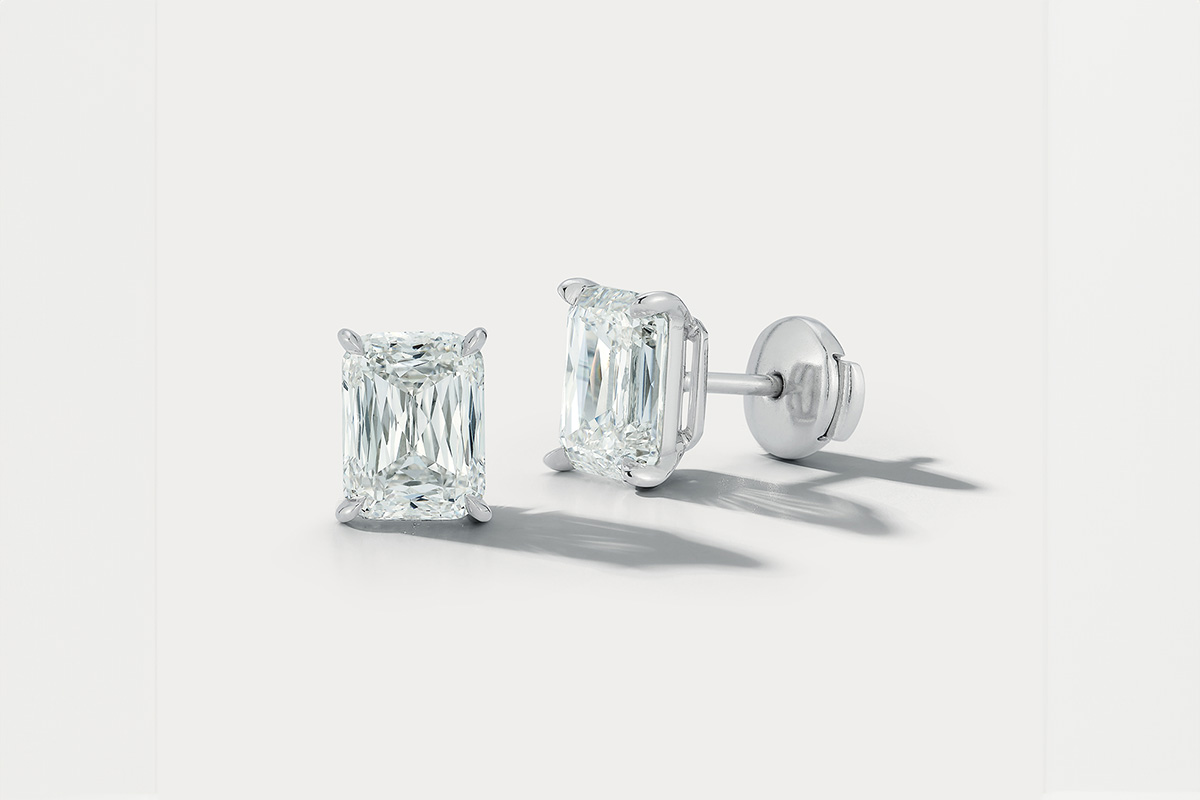
It was obvious, after moments of being acquainted with him, that Ron had an artist’s sense of creativity. His tactile, hands-on nature felt wholeheartedly sincere, especially after he pulled a pair of button earrings from his desk—highlighting the precision, hard work and attention to detail in every visible crevice.
Small business owners suffer greatly when it comes to the jewelry industry. Many passionate owners, like Ron, attend trade shows alone while mass retailers pile in with a powerful, six-person buying team to divide and conquer. In these moments, start-up brands may lack the reputation to leverage their relationships with distributors; not to mention, there are pressures to ensure pricing and material are suitable before investing money, which is a heavy weight to bear. But that doesn’t scare Ron. “It’s me versus them,” Ron said. “Who’s going to get the better product?”

The luxury jewelry industry is at an all-time high for competition. Although in past decades, it has lived up to its fame, acting as a symbol of prestige, wealth and pristine business acumen, the last three years have made a negative impact on small business owners trying to stand out amongst an oversaturated field of commercial jewelry brands.
The growth of conglomerate e-commerce platforms such as Net-a-Porter and Farfetch has diluted the luxury jewelry market because (like Amazon) they offer a wide selection of inventory and varying brands at a one-stop-shop, making it more difficult than ever for small-name retailers to compete. Their competitive advantage lies in their smart and effective use of analyzing customer feedback in ways that smaller companies may not have the tools in place for. Also, the rise in sustainable fashion has created a shift to the paid subscription model where customers not only have access to a variety of jewelry at a fair price, but they can test out items and send them back to retrieve others, lowering their carbon footprint and increasing space in their wardrobes, all at the same time.
According to a report by McKinsey and Company, the number of luxury jewelry brands has increased by 10 percent annually over the past decade. In 2020 alone, 300 new jewelry-specific brands entered the market. The report also points to an increase in direct-to-consumer brands, which own all elements of the selling experience while bypassing the wholesale or distribution process. While this method offers fine jewelry at more affordable pricing, it competes with the foundational method for acquiring jewelry, which involves unparalleled industry knowledge and sourcing gems at a high price, the way that traditional legacy brands have been operating for decades.
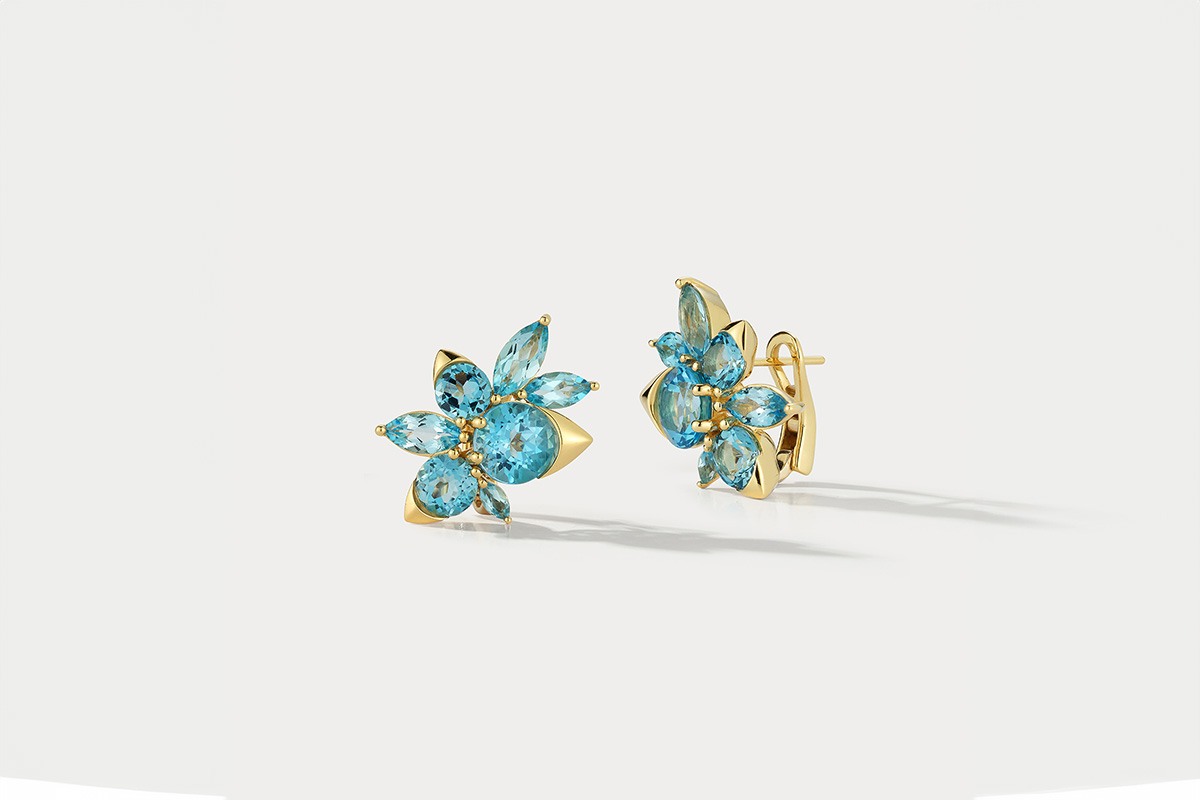
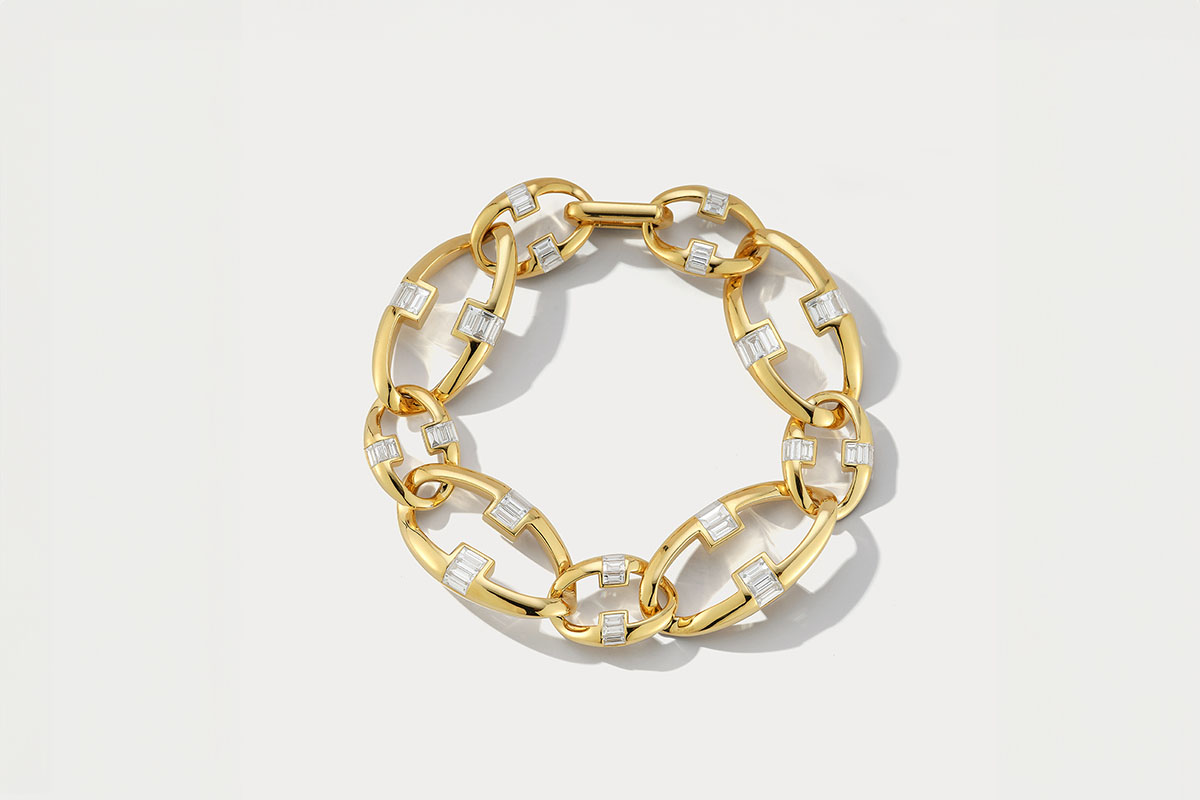
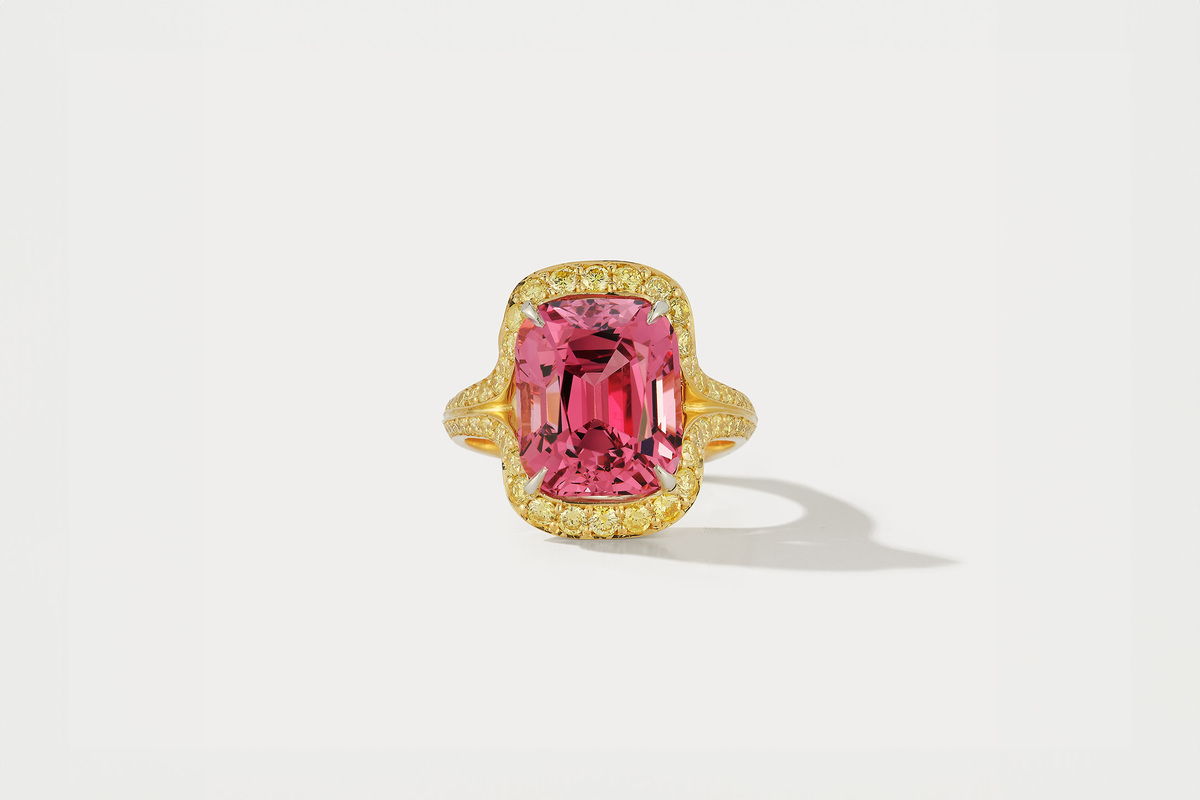
According to Ron, legacy brands are labels with a long history in the industry who have forged a heritage. “The legacy brands are the ones who are really doing it right in the jewelry industry right now,” he said. “We are seeing the evolution of the industry standards, and we are trying to implement it as much as we can.”
Taking inspiration from jewelry industry trailblazers, Ron fuses a sense of community and family into the brand. Ron’s grandfather, and then later his father, became diamond manufacturers before transitioning to becoming retailers. Ron naturally walked in their footsteps, and became a diamond dealer and distributor for a major manufacturer before opening his doors to Ammrada. His wife involved herself with the business from the fashion side, using her expertise in the apparel industry to instill a sense of unification and value into the brand.
Ammrada was born from the desire to succeed and lead a legacy, so Ron created a brand name to emulate that idea. The logo has three hearts surrounded by a circle, which symbolizes family, where they originated, and the legacy they leave behind. Similar to the logic behind the brand name, he lives by a fairly straightforward set of ethical standards. His employees must be treated with dignity and respect, and the gems must be sourced adequately and with intention.
“Knowledge is everything in today’s diamond business,” Ron said. “It’s about using the best materials and making sure it’s something that lasts.” From the viewpoint of sustainability, he noted that this jewelry is made to be passed down for many years. His products are created with heavy backings so that anyone can wear them, no matter their phase in life or stylistic preferences. Similarly, the brand has also taken a shift away from custom pieces or trends because samples are expensive, and when the consumer asks for a particular design that is outside of the brand, Ron loses his message. “You can’t reach everyone,” he said. “Our focus is to make unique items and develop a niche clientele.”
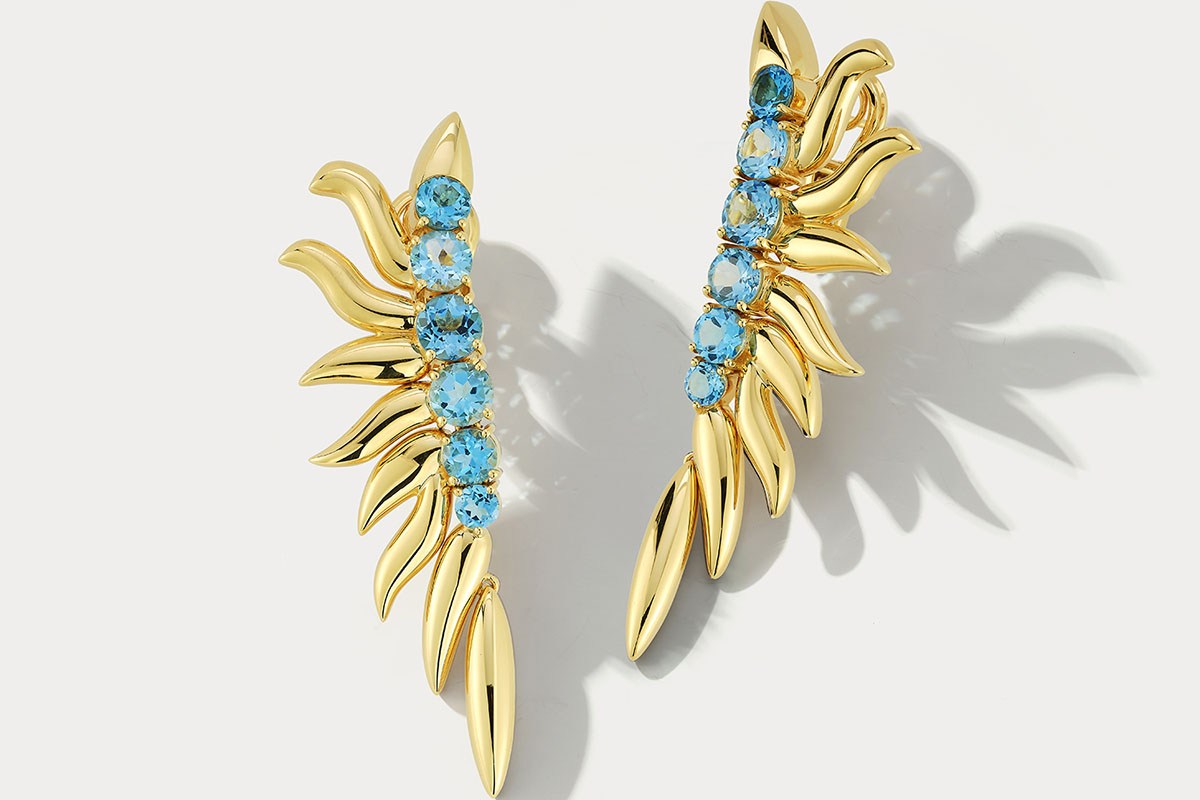
Referencing commonly-used materials like 18-karat yellow gold, Ron explained how each and every piece is hand-crafted with a solid fill to enhance the quality and weight. He noted that many retailers will use a hollow fill and charge the same price, but it’s obvious once you hold these items in your hand that they’re not nearly as substantial. That’s why his team opts for quality over faster or cheaper production.
Ron then pulled out what appeared to be a paperclip chain, noting how good it feels in his hand. “I’m almost a little bit offended if anyone called this a paperclip chain,” he said with a smile, alluding to the pliable nature of a paperclip. He then focused on its versatility. He made sure to say that it coordinates effortlessly with a plain t-shirt and a pair of jeans, but it looks equally as elegant with a little black dress. He added, one can’t necessarily pinpoint an era for the designs, but it certainly feels classic in a new way. “A twenty-year-old could wear it, but so could your grandma,” Ron said. “It’s generationless.”
But above all, good jewelry feels right to the person who’s wearing it. And if there’s one thing we can’t replicate, it’s a genuine love for the product. It culminates during the buying process and is then transferred to the customer once they hold it in their hands for the first time—and that kind of adoration goes far beyond the price.

